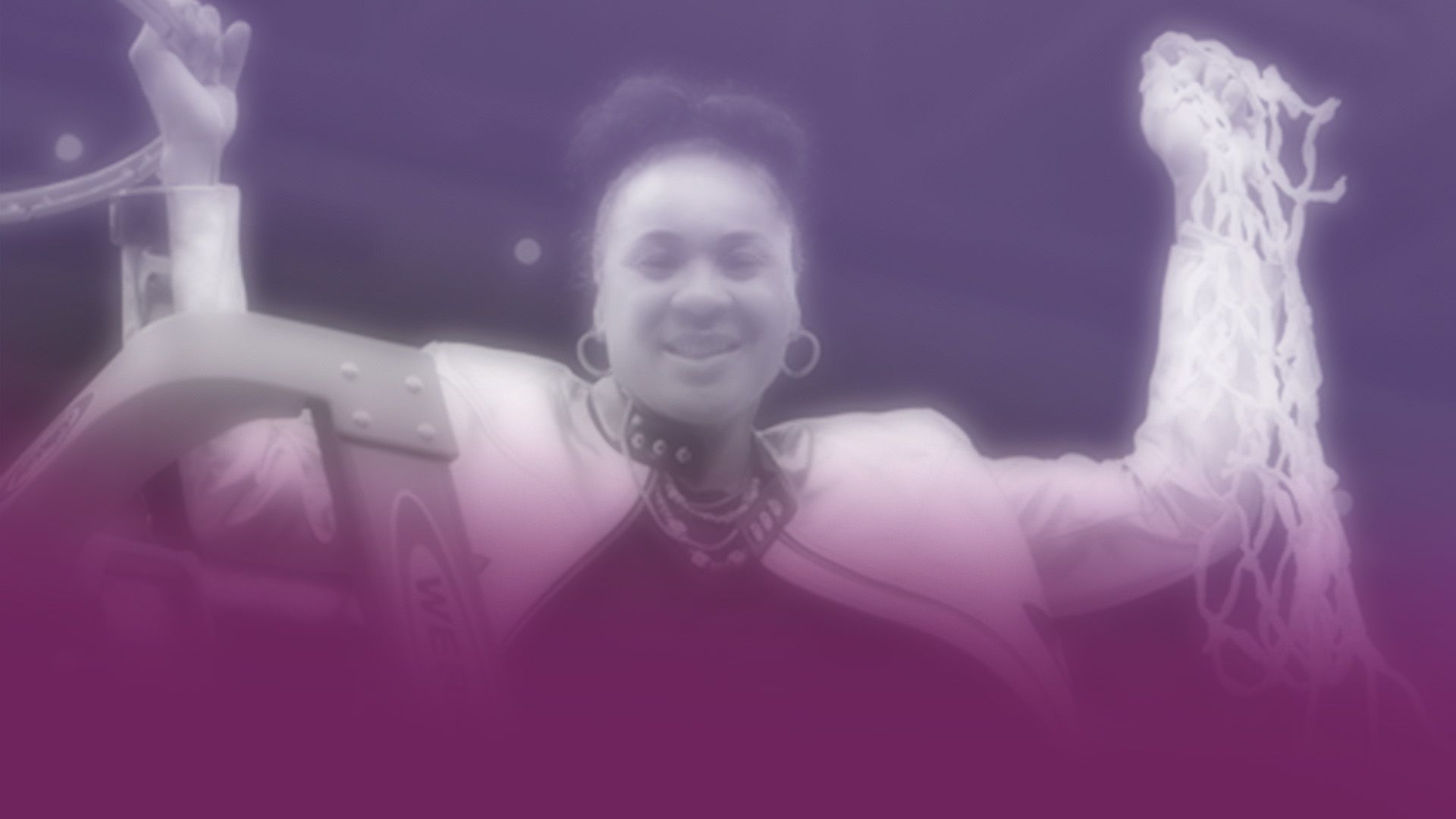8 Ways Your Business Can Create More Inclusive Spaces
When we think of inclusion, we often talk about what we can do to make a space more inclusive. Like what attitudes and behaviors we can model to promote inclusivity in the workplace. While behavioral changes do matter, there’s a lesser known aspect of inclusion that many aren’t discussing: physical spaces.
It’s no secret that physical spaces impact people’s moods which can encourage some people to come out of their shells or push others further into them. In this article, we’re going beyond what behavioral skills you can develop and explore what ambiance you can create to make spaces more inclusive, accessible, and comfortable.
Why Physical Space Matters
Think about physical spaces as the first welcome to new employees, potential partners and stakeholders. It’s like the business card of your workplace or the first handshake with a potential partner.
If you’ve worked this hard to make yourself a better and more inclusive leader, you can go a step further by translating that intention into the workspace ambiance. We should think about how we can make our office spaces more accessible and welcoming to people with different needs. Whether someone is a religious minority or sensitive to light and smells, how can we make this space as comfortable as possible?
The benefit of going this deep on your ambiance is that the right environment can offer openness, encourage collaboration and promote comfort for any occasion.
In fact, a good example of this happened to me recently. A few weeks ago, I was having negotiations with a long-standing client. I distinctly remember my client saying, “hey, why don’t you choose where we meet and connect. I want you to feel comfortable”.
This was a great example of putting me and our future partnership at the forefront of our conversation. Allowing me to choose an ambiance put me at ease and helped the conversation go smoothly.
When we engage in sensitive conversations, there’s power in being mindful about space, ambiance, and how the person we’re talking to will feel. That’s what this is all about: unlocking the power of physical spaces to make them as warm and inclusive as possible.
8 Ways to Build More Inclusive Physical Spaces
1. Paint the Walls Light, Calming Colors
In your office space, consider the color of the walls. Are the walls painted a calming hue like green, blue, or purple? One study
showed that colors like violet and blue are preferred to brighter colors like yellow. The same study shared that lighter colors are perceived as friendlier and more pleasant. When considering what color to paint your office walls, opt for light and calming hues.
2. Offer Tea and Non-Alcoholic Beverages
Beverages can make one person feel at ease while making another person feel totally uncomfortable. Not everyone wants coffee right before an important meeting. Some prefer tea as a calmer source of energy. Offering herbal and non-caffeinated tea can be a small step towards encouraging inclusivity for those who are sensitive to caffeine or prefer more soothing options.
The same goes with alcohol. While some people enjoy alcoholic beverages at company gatherings, others do not. Offering alcoholic as well as nonalcoholic beverages can help each person make the right choice for them.
3. Offer Rooms For Prayer, Nursing Mothers, and Mental Health Breaks
If your company doesn’t currently offer a room for those who wish to pray, nurse small children or simply take a step back from the workplace, consider creating one. Rooms where people can connect with their spiritual, physical and mental wellbeing are important to inclusivity and accessibility. It ensures that visitors, employees, and partners alike have the space to feel grounded, handle their personal needs, and show up as their best selves in the workplace.
4. Ditch the Fluorescent Lights
While it may not be obvious, nearly 9 million people
in the United States are sensitive to bright light. This means, the fluorescent lighting in your office may be turning off visitors, employees, and partners in a way that’s counterproductive to inclusivity. Switching your lighting to soft LED or warm colored light bulbs can help those who feel comfortable with bright lights to experience more ease.
5. Let the Sunlight In
If your office space has rooms with big windows, consider opening them to allow more sunlight in. Indirect, but bright sunlight can be a calming element for many people and can help some people feel more relaxed and comfortable in company gatherings.
6. Consider Food for Various Dietary Preferences
Catered company meetings can be an attractive perk for employees and partners. However, if your company doesn’t offer enough options for those with various dietary preferences, it could be a turn off for attendees. When planning the menu, be mindful of who’s attending and consider offering vegan, gluten-free, halal, and/or kosher options. For many people, food is a direct link to their spiritual, physical, and mental wellbeing. Providing options that are inclusive of many dietary preferences can help the gathering be more amicable and, therefore, successful.
7. Switch up the Waiting Room Entertainment
For office spaces that use TVs in their waiting rooms, consider rotating between the channels. Not everyone loves watching sports or the news while they wait for their meeting with a manager or partner. A great alternative is to put on a channel featuring naturescapes. Studies show
images and videos of natural environments can help calm the nervous system. For guests visiting your office, seeing a desert scape or ocean view can promote ease and calmness before an important meeting.
8. Decorate the Office with Inclusive Photos of Staff
It’s no secret that 72% of company leaders
in Fortune 500 companies are white and male. If your leadership team reflects that of the dominant culture, consider adding photos of lesser known staff of color, women, or persons with disabilities. Representation matters. Seeing smiling faces of folks who look like leadership and minority staff can promote feelings of positivity, inclusivity, and warmth.
Behaviors Matter, But So Does Ambiance
While behaviors and attitudes matter towards building more inclusive workspaces, ambiance shouldn’t be overlooked. The physical workspace can mean the difference between warmly welcoming guests or deterring them from ever returning again.
Environments that feel cozy and approachable are key when engaging in delicate conversations like future partnerships, salary negotiations, and important team talks. Building physical spaces that allow for prayer, offer calming colors, and relaxing entertainment, invites more positive outcomes when engaging in various business activities. Inclusive and accessible spaces allow people from all walks of life permission to relax, be authentic, and show up as their best selves.














